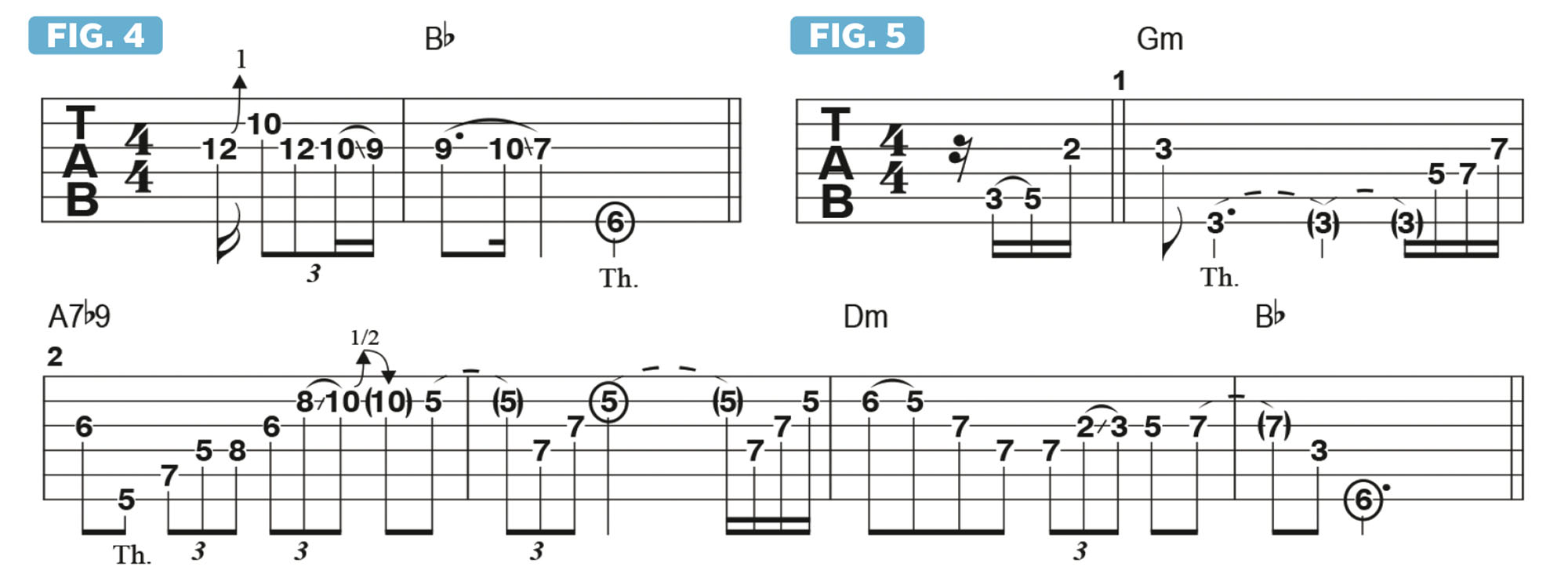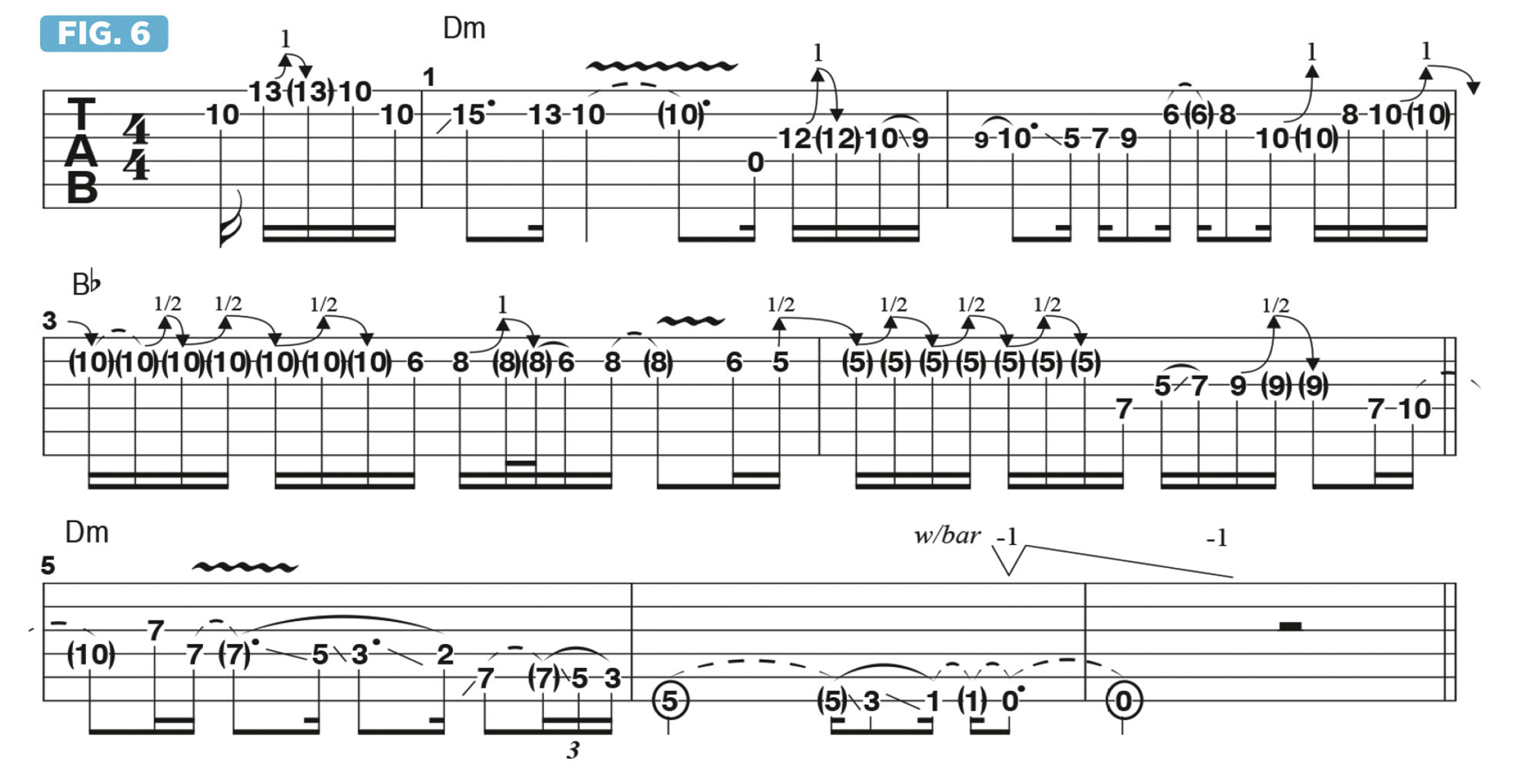How to develop thematically based improvised solos
Using his 1994 track Cry for You as a launchpad, Andy Timmons walks us through some ideas for building a musically interesting solo on the fly
Cry for You is a song that I originally wrote and recorded for my 1994 album, Ear X-Tacy, and it has remained a staple of my live shows for all these years. I love playing this song every night! It’s in D minor – “the saddest of all keys,” as Nigel Tufnel from Spinal Tap would say. While it is based on a fairly common chord progression (Dm - Bb - Gm - A7) it does lend itself to a lot of opportunities for musical expression.
Once you become aware of what notes sound good over this progression, such as what scales you can rely on or nice melodic “shapes” that lend themselves well to the song’s harmony and its feeling, the “riddle,” as it were, is, as always, “How do I make music out of this?” A key approach for me is one of thematic development: how to craft a musical statement and then allow that statement to grow from there.

Figure 1 illustrates a four-bar improvised solo over the Dm - Bb portion of the progression, with two bars on Dm and two bars on Bb. When I’m soloing, part of my mind is imagining, “What do I want to hear?,” almost as if someone else is playing. This way, I maintain an awareness of how the music feels to the listener.

In bar 1, I introduce a three-note melodic shape of G-A-G, with the G note functioning as the 4th over the Dm chord, shown in Figure 2.
Once that rhythmic convention is established, I maintain it with the use of other melodic notes through the reminder of the five-bar solo, utilizing D-E-F in bar 2, as shown in Figure 3, E-F-D in bar 3 (see Figure 4) and A-Bb-F in bar 4.

These phrases function in a “question-and-answer” type of way, where we’ve got “A,” the initial statement, followed by “B,” the response, then “C,” the reaction to A and B, etc. In this way, the rhythmic content of the solo is of equal importance as the notes that I choose to play, as the combination of rhythm and melody provides a “hook” to draw the listener in.
In Figure 5, I demonstrate how I might continue along this “theme” while playing over the subsequent Gm and A7b9 chords. Notice that while I maintain a similar rhythmic syncopation to the phrases, my note choices instantly describe each chord as it arrives via emphasis on its tones. Over Gm, the chord tones are G, Bb and D. Over A7b9, the chord tones are A, C#, E, G and Bb.

Figure 6 presents another improvised solo played over the Dm - Bb changes, this time seven bars in length. I begin with an entirely different melodic idea that serves to introduce a new musical story that will unfold through the subsequent melodic lines.
Now that you have the idea, record a Dm - Bb - Gm - A7b9 backing track and try improvising a solo of your own that utilizes these melodic-harmonic-rhythmic concepts.
Get The Pick Newsletter
All the latest guitar news, interviews, lessons, reviews, deals and more, direct to your inbox!
Andy Timmons is a world-renowned guitarist known for his work with the Andy Timmons Band, as well as Danger Danger and Simon Phillips.











